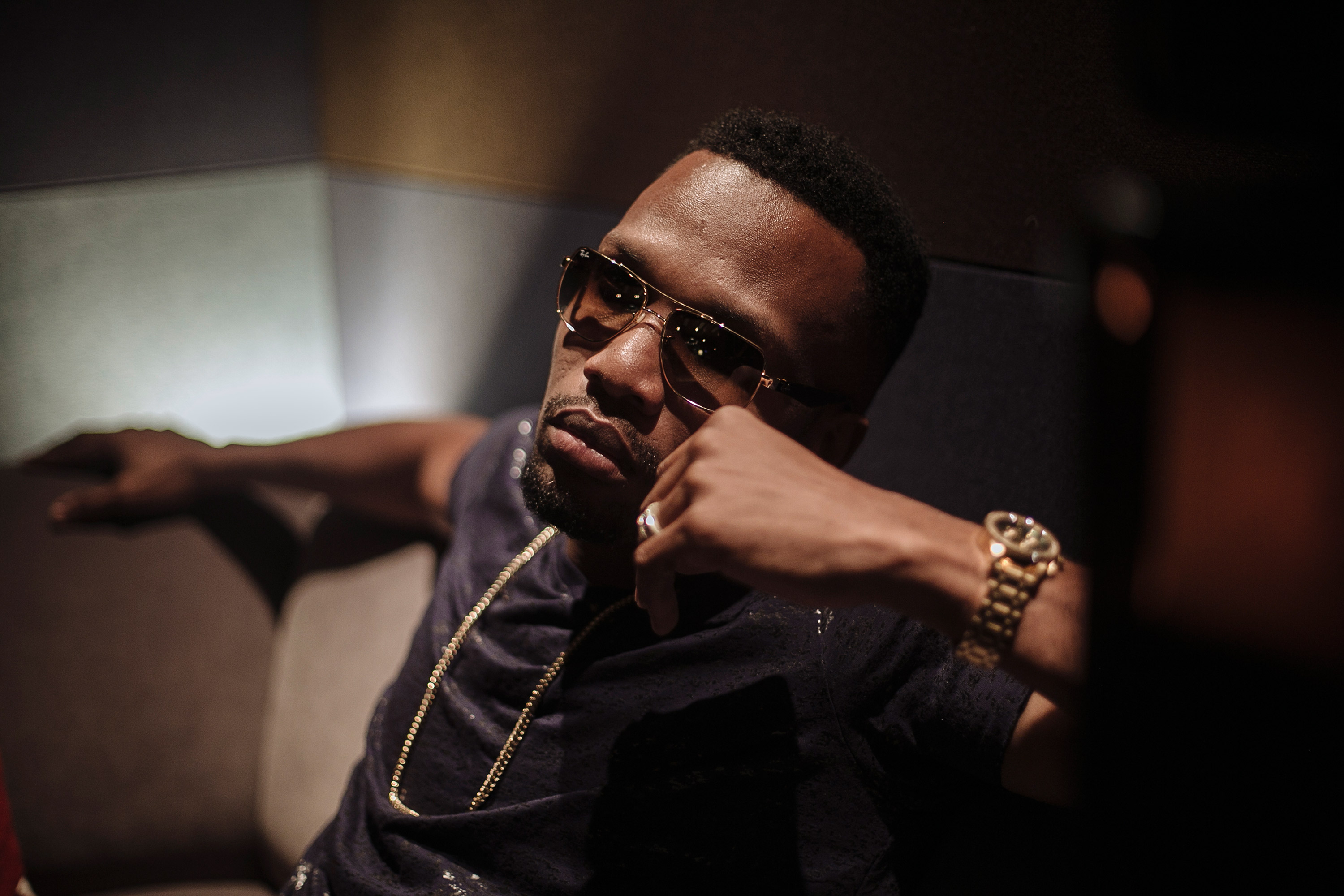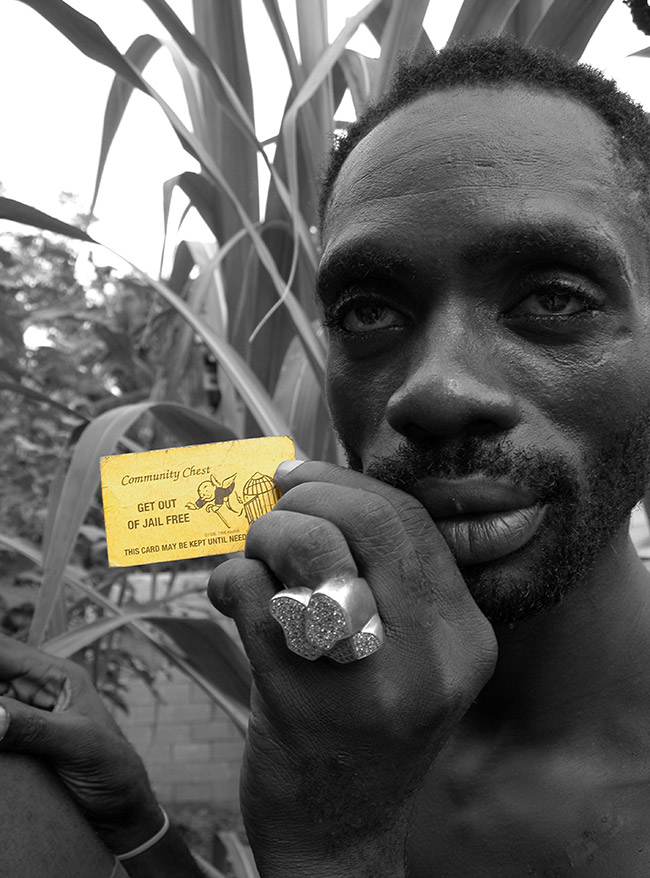Country Music in Jamaica
Reggae and country may seem at opposing ends of the musical spectrum, but study the history and you’ll find that country music has formed a consistent underpinning to reggae.
Because of Jamaica’s close proximity to the USA, various forms of American music have long constituted focal points for the majority of Jamaica’s musicians and vocalists. The island was a British colony for over 300 years, but in the latter half of the 20th Century, its citizenry looked to America, rather than Britain, for artistic inspiration.
Indeed, even in the ’20s and ’30s, when the island was still a British colony, Jamaica’s leading orchestras played big band jazz, and from the ’40s, the country’s radio broadcasts featured more American music than anything else. During this same era, Jamaicans were also tuning into the powerful radio stations broadcasting out of the southern USA, such as WLAC of Gallatin, Tennessee, a 50,000-watt AM station which broadcast country music on Saturday afternoons.
White Rum Raymond was reputedly happy to play his electric violin on sessions so long as his rum glass was full.
Other early links are less obvious, but probably no less important. In the years following World War II, many Jamaicans regularly travelled to the southern US on seasonal farm work. There they encountered black Americans holding block parties, blasting rhythm and blues from massive speaker boxes in the street. Jamaicans began to replicate this model back home, and the rhythm and blues of New Orleans and other southern states became the staple of Jamaican sound systems.
But R&B was never exclusively played, and other influences have always been significant. In fact, the first style of music to be recorded on the island was mento, which is Jamaica’s earliest surviving indigenous hybrid music form, and its instrumentation shares some similarities with that of country and western acts, most notably the banjo.
Another early link is suggested by the presence of folksy violins in mento, such as the homemade bamboo violin played by noted mento pioneer, Jonathan Brown, whose playing was said to evoke the style of American country fiddlers. Later, when ska and rock steady emerged, you can hear country violin in the work of White Rum Raymond (AKA Raymond Young). Raymond had lived in the US for much of the ’50s and was reputedly happy to play his electric violin on Kingston recording sessions so long as his rum glass was full. He added colourful lines to early Maytals singles, such as “Get Ready” and “Fever,” and his distinctive contribution to the Paragons’ landmark “The Tide Is High” seems highly influenced by bluegrass music.
During the ’40s and ’50s, many feature films starring “singing cowboys” such as Roy Rogers and Gene Autry enjoyed extended runs in Jamaica, with the latter’s South of the Border, Mule Train and Ghost Riders in the Sky being particularly popular with local audiences. The phenomenon helped country and western to obtain a stronger foothold on the island, but the radio and sound systems made the music more firmly entrenched. Radio Jamaica Rediffusion’s cable subscription radio service allowed artists such as Jim Reeves and Skeeter Davis to become household names on the island during the late ’50s and early ’60s, and Ray Charles’ country output was massive too. Similarly, Marty Robbins’ “El Paso” was so huge that Dennis Alcapone adapted the song’s title for his sound system, based in the ghetto of Brotherton Avenue in western Kingston in the ’60s and ’70s.
Hop on a bus anywhere in Jamaica today and you’re just as likely to hear Patsy Cline as you are Shabba Ranks.
These early country anthems have never fallen out of fashion in Jamaica, and the music’s icons can still be regularly heard on Jamaican radio every Sunday afternoon, with Reeves’ work particularly popular at Christmastime. When Davis performed in Jamaica in 1982, she was reportedly moved to tears upon finding that locals flocked to the show from all over the island, singing along with most songs, word for word. Hop on a bus anywhere in Jamaica today and you’re just as likely to hear Patsy Cline, Patti Page and Johnny Cash as you are Shabba Ranks, Shaggy or Bob Marley.
Reggae versions of country and western records offer plenty of musical fascination. Things start slowly in the ska years, when a few instrumental renditions of country hits were attempted by leading musicians in 1964-5. By far the most successful was The Skatatlites’ “Occupation,” a hot ska instrumental recasting of Johnny Cash’s “Ring Of Fire” cut at Treasure Isle, though Carlos Malcom’s Afro Jamaican Rhythms also issued a wobbly cut of Gene Autry’s “Ghost Riders in the Sky,” delivered the ska way.
Saxophonist Roland Alphonso tried an instrumental interpretation of Claude King’s “Wolverton Mountain” for a Studio One ska single (re-titled “Twin Double”), but this real-life tale of an Arkansas deacon did not get a proper Jamaican vocal treatment until the mid-1970s, when Roman Stewart cut a nuanced reggae version for Karl Pitterson at Treasure Isle studio. Similarly, trumpeter Raymond Harper cut a version of the “Tennessee Waltz” in ska, and it was later tackled vocally by Ewan McDermott and Jerry Mathias of the Maytals (during the period when Toots was serving time on a ganja charge), as well as Owen Gray and Winston Groovy.
Jim Reeves’ high musical standing in Jamaica meant his material was often deemed ripe for reggae interpretation, and his heartbroken “He’ll Have to Go” remains a perennial favourite. Although the first cover by a Jamaican singer dates back to the mid-’60s, when Jackie Edwards cut a fairly faithful version in the UK for Denny Cordell, this version betrays little Jamaican influence, and sounds more like a soul song than anything else.
Contrast that with the 1968 version cut in Jamaica by Roy Richards and Enid Cumberland for Studio One, and the difference is vast: Roy and Enid’s recording is a complete recasting that has an off-kilter reggae rhythm peppered by vibrant niyabinghi percussion, positing the song thousands of miles from its land of origin, with more than just a passing nod to the African heritage of the majority of the Jamaican populace.
Toots and the Maytals’ had a long affinity with country and western. One of their earliest hits at Studio One, “Never Grow Old,” was clearly drawing on Jim Reeves’ country gospel hit, “Where We’ll Never Grow Old,” several of their early singles featured White Rum Raymond’s bluegrass violin, and Ray Charles’ country releases paralleled their blending of gospel and soul elements. In 1972, the Maytals’ spectacular reggae reading of John Denver’s “Take Me Home, Country Roads” made the influence explicit at last, repositioning the song from West Virginia to West Jamaica and injecting healthy doses of reggae rhythm beneath Toots’ impassioned gospel delivery.
Toots’ music also had a big influence on country reggae head Willie Nelson, and in the new millennium, the pair collaborated on Toots’ True Love album (along with country blues singer Bonnie Raitt), with Toots returning the favour by guesting on Nelson’s Countryman album a few years later.
Sometimes reggae’s leftfield tendencies throw up some very unlikely Jamaican treatments of country songs. Consider, for instance, U Roy’s early toasting release, a version of Roger Miller’s enduring “King of the Road,” recorded for Bunny Lee as the ’60s gave way to the ’70s; instead of bearing any resemblance to Miller’s easy-listening original, the tune is turned into a mournful saxophone track, with U Roy’s shouted interjections livening up the pace at random intervals. Similarly, Darrell Glenn’s “Crying in the Chapel” was given a niybinghi makeover by Bob Marley and the Wailers for “Selassie Is the Chapel,” one of the group’s most intriguing and rarest single issues, though it is worth noting that their inspiration was probably the doo-wop cut by the Orioles, rather than Glenn’s original.
Country tearjerkers have always been popular in Jamaica and it makes sense that Jamaica’s female singers would try their hand at covering some of the best. Thus, Tammy Wynette’s “Stand By Your Man” has been adapted by Hortense Ellis, Cynthia Richards, Merlene Webber, Cynthia Webber and Claudette Miller, among others.
But the most spectacular female country reggae adaptation turned out to the be the most problematic: when June Lodge covered Charley Pride’s “Someone Loves You Honey” for producer Joe Gibbs in 1980, the tune became such a massive hit that Gibbs wound up licensing it to Arista Records for overseas release. But since many record producers have a blanket policy of crediting themselves as the songwriter of the material they release, Gibbs found himself on the wrong end of a copyright lawsuit, which nearly bankrupted him.
When reggae shifted into dancehall as the ’70s gave way to the ’80s, reggae artists cut country adaptations to suit the new style, with Yelloman drawing strains of “Take Me Home, Country Roads” into his hit “Jamaica Nice,” Cynthia Schloss trying “Stand By Your Man” and Roman Stewart revisiting “Wolverton Mountain” in a dancehall fashion. There was dancehall era country-reggae dross too, the epitome of which was Boris Gardiner’s international smash version of “I Want to Wake Up with You” (previously tackled by Texan country crooner Mac Davis), which proved to be such a far-reaching success that Latin country singer Johnny Rodriguez subsequently cut his own version, which reached the top 50 on the country charts in the USA.
Country has remained equally prominent in Jamaica during the digital dancehall era. Josie Wales says he modelled the yodelling on his 1997 release “Who Shot The Colonel” after Marty Robbins, and Lady Saw’s massively popular “Give Me the Reason” was delivered in an Ozark drawl, with bluegrass violin framing the tune. The country/dancehall overlap was also evident in the huge popularity of dancehall gospel, with practitioners such as Carlene Davis, Chevelle Franklyn and Stitchie often incorporating a country sensibility into their gospel work.
And it continues even to the present day: VP Records released Reggae Gone Country – an album’s worth of country covers by the likes of Busy Signal, Luciano and Beres Hammond – a few short years ago. Despite the ever-changing sound of Jamaica, it seems clear that it will always have more than just a hint of country to it.

